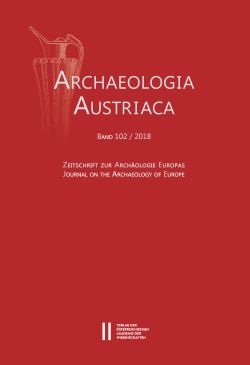
Archaeologia Austriaca 102/2018, pp. 71-134, 2018/06/07
Zeitschrift zur Archäologie Europas
Journal on the Archaeology of Europe

This article utilises skeletal evidence (n = 57) from settlement features and graves at Unterhautzenthal, Lower Austria, to outline our methodological approach to researching motherhood in prehistory. Unterhautzenthal includes the grave of a pregnant teenager, a triple burial of a woman with two children and a family grave of a man, woman and baby; additional women’s graves include remains of neonates and young children. Comparing archaeological context information with osteobiographical data allows us to draw inferences about the social status of women and the ways Bronze Age motherhood was conceptualised. The archaeological approach includes a gender and age analysis of material culture and Social Index calculations. The osteological analyses include age at death, sex, body height, health indicators, and pathologies, with an emphasis on pelvic changes. Physical traces that may relate to strain through pregnancy and childbirth were explored in detail. In addition to morphological assessment of the entire skeletal collection, we applied tooth cementum annulation analysis, 14C dating, and δ13C/δ15N isotope analysis to selected individuals. These data, in conjunction with demographic modelling, enable us to draw conclusions about women’s age at first pregnancy and the average number of children per woman, as well as the cultural and social context of motherhood.
Keywords: Motherhood, women, sex, gender, Early Bronze Age, Austria, Unterhautzenthal